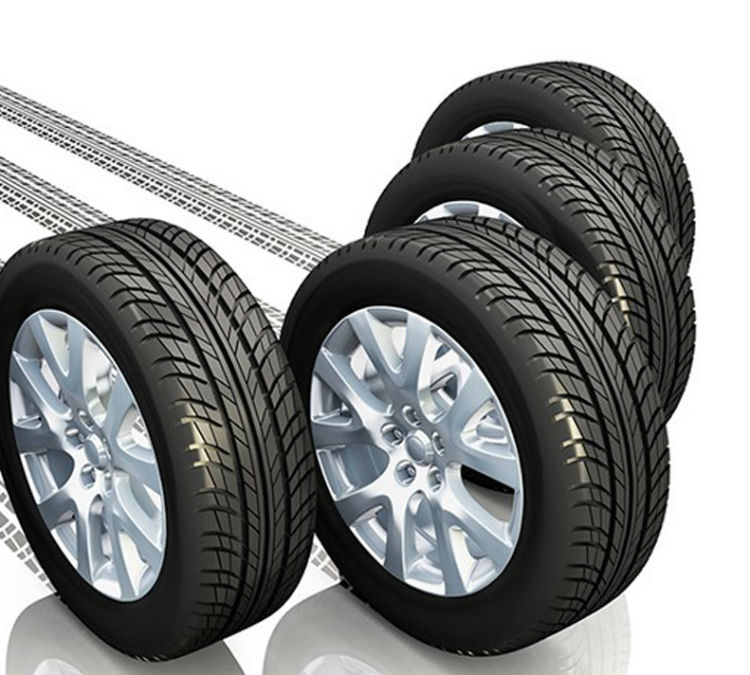Nothing is more annoying than stopping to fill an under-inflated tire every week or two. Of course the first thing you look for is a puncture or tear. It’s normal for tires to lose a few PSI (pounds per square inch) of air due to temperature changes. However, if temperatures remain consistent and your tires constantly lose pressure, there is a leak that needs attention. Age, exposure to contaminants and stress can cause parts of your tire and rim (wheel) to fail. But what do you do if your tire is not visibly damaged? Consider that one of these problems is causing your flat tire:
On This Page
Running over any sharp object can puncture a tire. A tiny nail can puncture a tire, then fall out, causing a slow two-to-three PSI leak per week.
Made from rubber, valve stems can deteriorate over time. They also can be damaged from hitting a curb or even from an automatic car wash brush. Keep your valve stems clean and always replace the valve cap, but don’t overtighten it. Overtightening the cap can damage the valve core. Hand-tight is tight enough.
A ripped or torn tire is unsafe, especially if the rip is on the sidewall. Driving on a weakened tire, even if the leak is minor, is dangerous. Compound that with an under-inflated tire that can overheat and you’ve got a prescription for a blowout.
The bead is where a tire seals itself to the rim. The bead on older tires, or tires that have “dry-rot,” may have decreased elasticity and no longer seal properly. Beads can also be damaged when a tire is mounted or dismounted without the use of tire lube and beads can become chaffed, due to a corroded rim. The only fix for a damaged bead that cannot seal to the rim is a new tire.
Corrosion where the rim meets the tire bead is a common cause for a tire losing air pressure.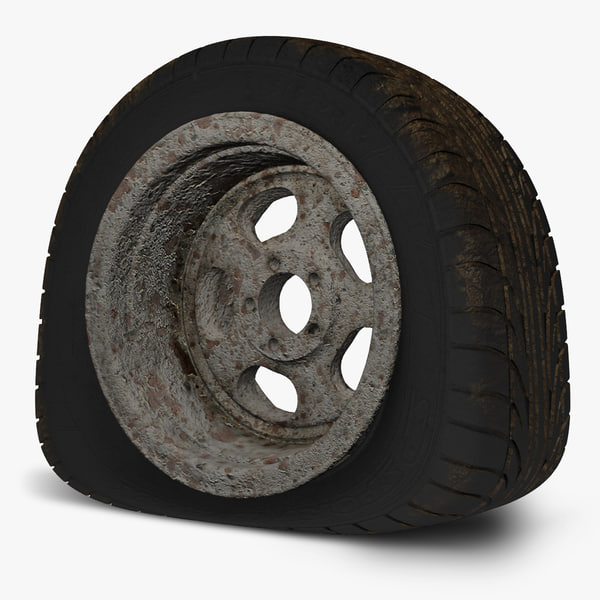 Die-cast aluminum and magnesium alloy wheel are more susceptible to corrosion. Be sure your tire technician inspects the area where the wheel and bead seal before installing new tires. As well as being unsafe, even a new tire will never properly seal to a badly corroded wheel.
Die-cast aluminum and magnesium alloy wheel are more susceptible to corrosion. Be sure your tire technician inspects the area where the wheel and bead seal before installing new tires. As well as being unsafe, even a new tire will never properly seal to a badly corroded wheel.
Often overlooked is wheel porosity, where air leaks through the rim itself. Usually caused by a poor casting or corrosion from using incorrect wheel weights, there is a proper, accepted way to repair this type of leak. Don’t inject your tire with tire sealant to fix a leaky rim. It can be extremely difficult to clean out and can ruin a repairable tire or tire pressure monitoring system sensor.
You are playing a dangerous game if you think that by over-inflating a tire with a slow leak, you will increase the time between fills. Besides a rough, noisy ride due to stiff sidewalls and tread, an overinflated tire wears quicker, and overall tire performance suffers. Rigid, overinflated tires are unstable, lose traction easily due to reduced tire-read-to-road contact area (think of a basketball) and make sidewalls vulnerable to blowouts when hitting a pothole.
Anything that can damage a tire or rim — punctures from a nail, metal fragments, broken glass, a piece of wood, a cracked rim or sidewall rips from hitting potholes or a curb — are considered road-hazard damage. Only your tire technician can determine which of these are repairable.
So, as you can see, there are a lot of reasons why your tire can go flat. Inspect your tires and check air pressure at least once a month. Properly inflated tires last longer, wear more evenly and are safer to drive on.
Bob Lacivita
Bob Lacivita is an award-winning ASE and General Motors auto technician, educator and freelance writer who has written about DYI car repairs and vehicle maintenance topics. His work has been featured in The Family Handyman, a Reader's Digest book and Classic Bike Rider magazine. He has been a career and technical educator for 25 years teaching automotive technology, as well as writing state, federal and organizational foundation grants.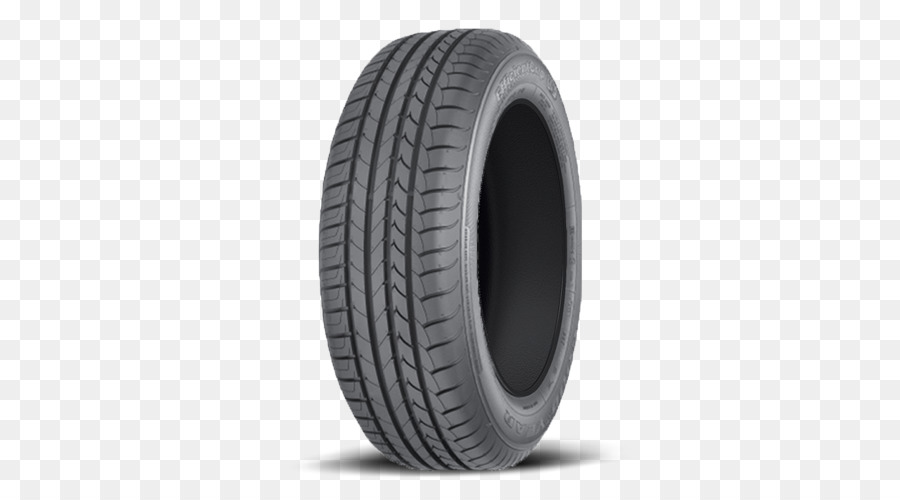 He also helped design a unique curriculum delivery model that integrates rigorous, relevant academic standards seamlessly into career and technical education.
He also helped design a unique curriculum delivery model that integrates rigorous, relevant academic standards seamlessly into career and technical education.
Few things are more inconvenient than a flat tire...except BACK-TO-BACK flat tires. What gives? Is your car cursed? Most likely not, especially when you consider all of the other, not-so-supernatural reasons why you might keep getting flats despite not having a punctured tire. Learn what these reasons might be and what you can do to help prevent flat tires from deflating your spirits!
The rubber in tires degrades over time, even if the tires are not in use (which is why you should check your spare regularly). Like unopened perishables in the refrigerator, old tires can look new, but still lack the quality and reliability of recently manufactured ones. That's why many manufacturers recommend that tires produced more than 6-10 years ago be taken out of service, even if they were never used!
When the rubber in tires degrades due to age, exposure to the elements, or a combination of both, it may crack.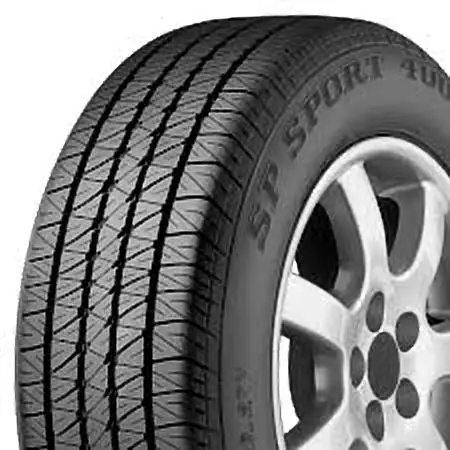 In turn, cracks in your tire rubber can be hard to spot and repair, leading to slow leaks, recurring flats, and even blowouts. If you suspect one of your tires’ tread is worn out or cracked due to age, bring your car into a Firestone Complete Auto Care near you to get a tire pro’s opinion.
In turn, cracks in your tire rubber can be hard to spot and repair, leading to slow leaks, recurring flats, and even blowouts. If you suspect one of your tires’ tread is worn out or cracked due to age, bring your car into a Firestone Complete Auto Care near you to get a tire pro’s opinion.
Tire age isn't the only thing that can cause cracks in tires. Dry rot can wreak havoc on the integrity of your tire's sidewall, too! But what is tire dry rot? Tire dry rot is a term that describes tire brittleness caused by natural rubber deterioration.
Unlike dry rot in trees or wood, this type of “decay” isn’t caused by fungi or bacteria. Tire dry rot can occur when either age or exposure to certain conditions has harmed a tire’s rubber compounds — leaving the tire dried out and vulnerable to cracks and flaking. Several things can cause dry rot, including:
With proper tire care and regular inspections, you can help prevent dry rot. If you plan on leaving your car parked for an extended period of time, make sure to gauge your tire pressure at least once a month, and inflate as necessary. Ensure that the tires don't sit in direct sunlight for extended periods by using tire covers or a car cover, or parking in a covered garage.
If you plan on leaving your car parked for an extended period of time, make sure to gauge your tire pressure at least once a month, and inflate as necessary. Ensure that the tires don't sit in direct sunlight for extended periods by using tire covers or a car cover, or parking in a covered garage.
If you notice signs of tire dry rot such as cobweb-like cracks along your tire sidewall or chunks of rubber “hanging” off the tire, visit Firestone Complete Auto Care for recommendations on what to do next. One of our tire technicians will inspect your tires, let you know what the problem is, and recommend services or replacement options accordingly.
You changed your tire, and just a few miles down the road, that newly-changed tire is flat, too! What’s going on? If you’ve already verified that the tire tread does not have holes or punctures and the sidewalls are intact, you might have a faulty valve stem.
The valve stem is a component on the wheel that helps regulate tire air pressure.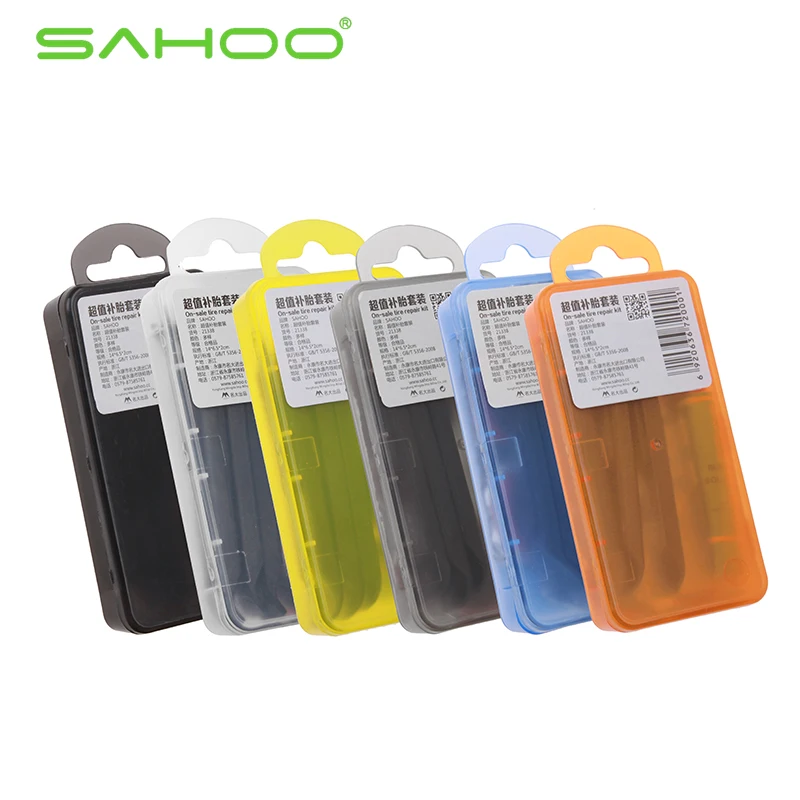 Valve stems are composed of several different parts, including a valve stem core and valve stem cap. The core allows air in and out of the tire while the cap helps keep debris out of the core. In most vehicles manufactured after 2008, the tire pressure monitoring system (which we'll cover shortly) is integrated into the valve stem.
Valve stems are composed of several different parts, including a valve stem core and valve stem cap. The core allows air in and out of the tire while the cap helps keep debris out of the core. In most vehicles manufactured after 2008, the tire pressure monitoring system (which we'll cover shortly) is integrated into the valve stem.
Valve stems and their components can crack and wear due to age, moisture, heat, road salt, and even UV rays! Valve stems that are damaged in any way can cause leaks, leading to low tire pressure and recurring flats. In turn, driving with underinflated or flat tires can cause premature tread wear, poor handling, and decreased fuel efficiency!
You can get ahead of leaky valve stem problems by having your valve stems replaced every time you get new tires. At Firestone Complete Auto Care, we replace valve stems and/or TPMS rubber components every time we install a new tire. After all, we know that it’s a small service that can save you from a major inconvenience! If you suspect your valve stems are already worn or damaged, pull into your local Firestone Complete Auto Care for tire repairs and a free tire pressure check.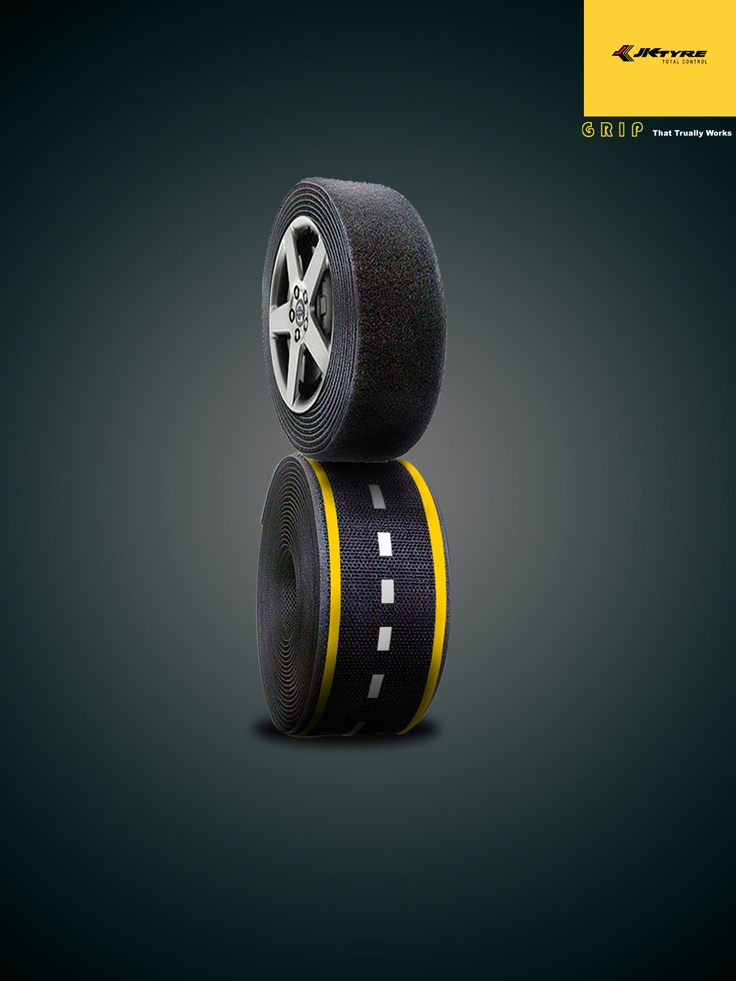
Like a damaged valve stem, a leaky tire bead can be to blame if you keep getting flats. Tire bead leaks are also known as bead-seat surface leaks, wheel leaks, or rim leaks.
The tire bead is the rubber edge where your tire fits into the wheel or rim. Tire beads are made of specialized metal-reinforced rubber compounds designed to hug the wheel in a way that ensures an airtight seal and prevents the tire from spinning on the rims.
Rim leaks can result from incorrectly installed tires, which is why you should seek professional help if you are not sure how to properly replace a flat tire. Additionally, damaged, bent, or corroded wheels can also lead to bead-seat surface leaks. These issues typically are caused by accidents like slamming into a curb or running over a speed hump, which makes them hard to prevent.
However, don’t despair! If you notice that you keep losing tire pressure, visit Firestone Complete Auto Care. Our expert technicians can help find the source of the leak, reseat the tire bead, or replace your wheels, if needed.
There's a good chance your Tire Pressure Monitoring System (TPMS) is the reason you’ve noticed your car’s recurring flats in the first place. But have you stopped to consider that your tire pressure monitoring system could be faulty itself? Though uncommon, it can happen.
Your TPMS has sensors designed to warn you if your tire pressure is below a certain threshold. When your tires are underinflated, the TPMS activates a dashboard warning light that looks like an exclamation mark inside an open circle or an overhead diagram of your car’s four tires as located on the chassis frame.
| TPMS Dashboard Signal | Meaning |
|---|---|
| One or more of your tires is significantly underinflated. | |
| The illuminated tire is significantly underinflated. |
Even though a faulty TPMS does not mean you have a flat tire, it might lead you to believe you do! Like in the story of the boy who cried wolf, a faulty TPMS can raise the alarm for flats when your tires aren’t really underinflated.![]()
TPMS malfunctions can happen due to a variety of factors including faulty wiring, weak sensor batteries, or improper sensor programming or relearning — which is why many drivers notice TPMS faults immediately after a tire rotation or sensor installation. Additionally, canned tire repair sealants and impact to the tires can also damage or break the delicate components of your tire pressure monitoring system.
Whether your TPMS light is on for the first time or blinking for the fortieth, you can stop by Firestone Complete Auto Care for a free tire pressure check that’ll help verify whether or not your tires are at-fault. If your tires are properly inflated and the light is still on, visit Firestone Complete Auto Care. Our techs can help diagnose and repair your TPMS issues, so you can stop fretting over “fake” flat tires!
From dry rot to faulty tire pressure monitoring systems, there’s a variety of things that can go wrong and lead you to experience (or believe you are experiencing) frequent flat tires.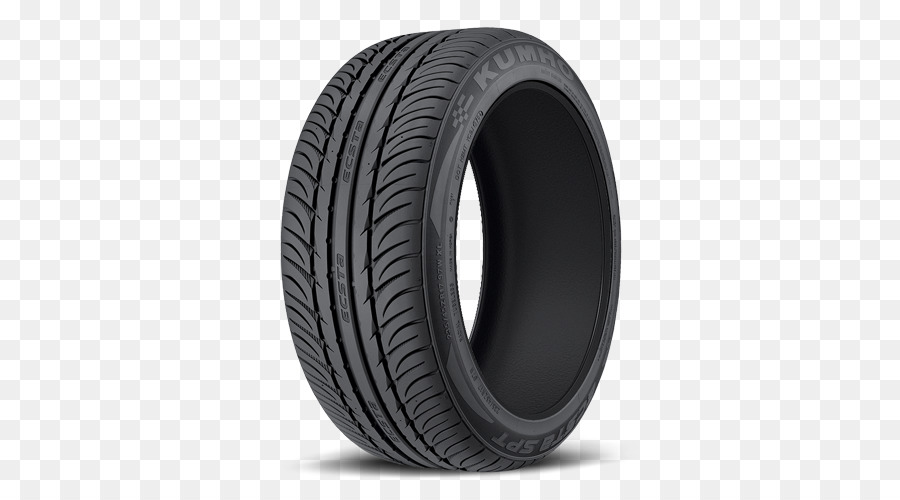 At Firestone Complete Auto Care, we’re here to help your car go right! Visit your local car care shop for tire repairs, TPMS diagnostics, and more.
At Firestone Complete Auto Care, we’re here to help your car go right! Visit your local car care shop for tire repairs, TPMS diagnostics, and more.
Inexperienced motorists often make the same mistake - they ignore tire pressure. It happens that they drive a vehicle with flat tires for months, not even suspecting what problems this can lead to. At least the driver runs the risk of being left without a set of tires for the next year!
The danger is not only low tire pressure, but also excessively high. With the second option, the driver will immediately feel that the car has become quite stiff and jumps on every bump. It is a little more difficult to detect low pressure only if the tire is not completely flat. Even with 1.5 atmospheres in each tire, a beginner is unlikely to determine the problem on his own.
Note! Tire pressure should be checked daily, at least visually or by pressing fingers on the rubber bead. Of course, the best option would be a portable blood pressure monitor.
Of course, the best option would be a portable blood pressure monitor.
Low tire pressure threatens the driver with more serious problems, so it is important not to miss the moment! Let's take a look at these implications.
Perhaps we should start with the biggest risks that can come from low pressure. Loss of control is no joke! The vehicle may drift to the side when making a sudden maneuver if the pressure is below 1.0 atmospheres.
The main hazards when handling deteriorates:
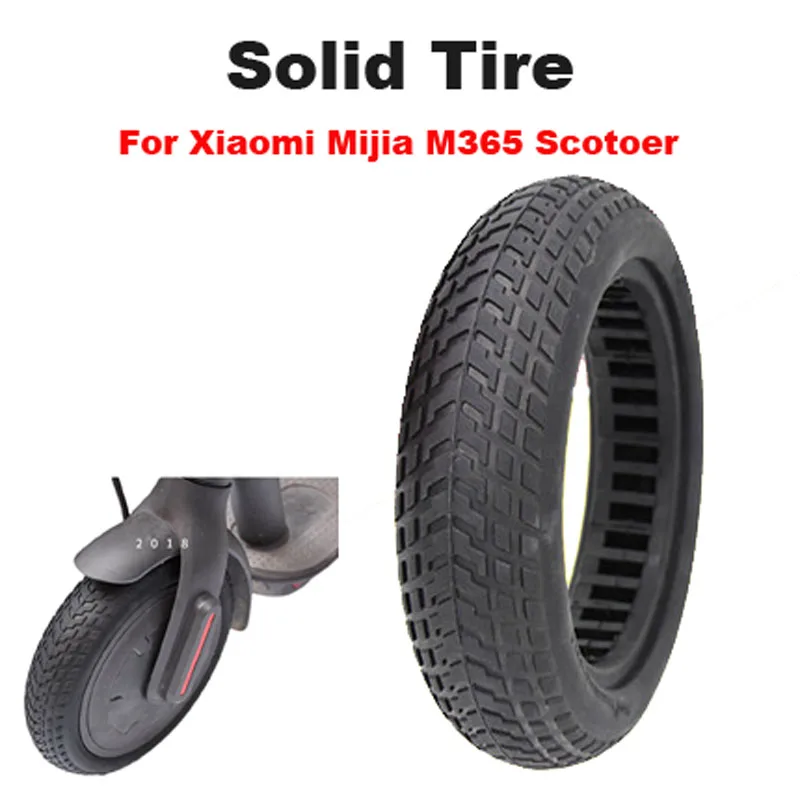
A less dangerous phenomenon is considered to be rapid wear, as well as critical deformation of rubber. The protector will "devour" literally before our eyes. If you do not notice the problem in time, you will have to buy new tires.
At low pressure, the tire will bulge from the sides and rub against the road surface. Moreover, the wear of such rubber is always uneven. The problem is aggravated by the fact that only one wheel can become unusable, and at least two will have to be changed!
In this case, the owner runs the risk of going for a new set of tires much earlier than the due date. Changing one wheel is also not an option, because the tread of the second will already have some wear. Therefore, the motorist immediately gets at least two new wheels.
In addition to dangerous situations and spending money on new tires, increased fuel consumption is added. The fact is that improper balancing and distribution of loads on the body affect the overall fuel consumption. It is more difficult for a car to accelerate, more energy and fuel mixture are expended.
Note! Experienced drivers pay attention to increased fuel consumption, which may indicate that it is time to check the tire pressure.
Flow rates can rise significantly, up to 30% of normal, so the pressure must always be monitored.
As a rule, each car has a sticker or plate on the door, which indicates the pressure ratings for different loads.
Important! Experienced drivers know that pressure can rise due to high temperatures in summer and decrease in winter. These are normal processes that occur every year.
If you do not know exactly what pressure should be in the tires of your car, you can use special tables for cars and trucks.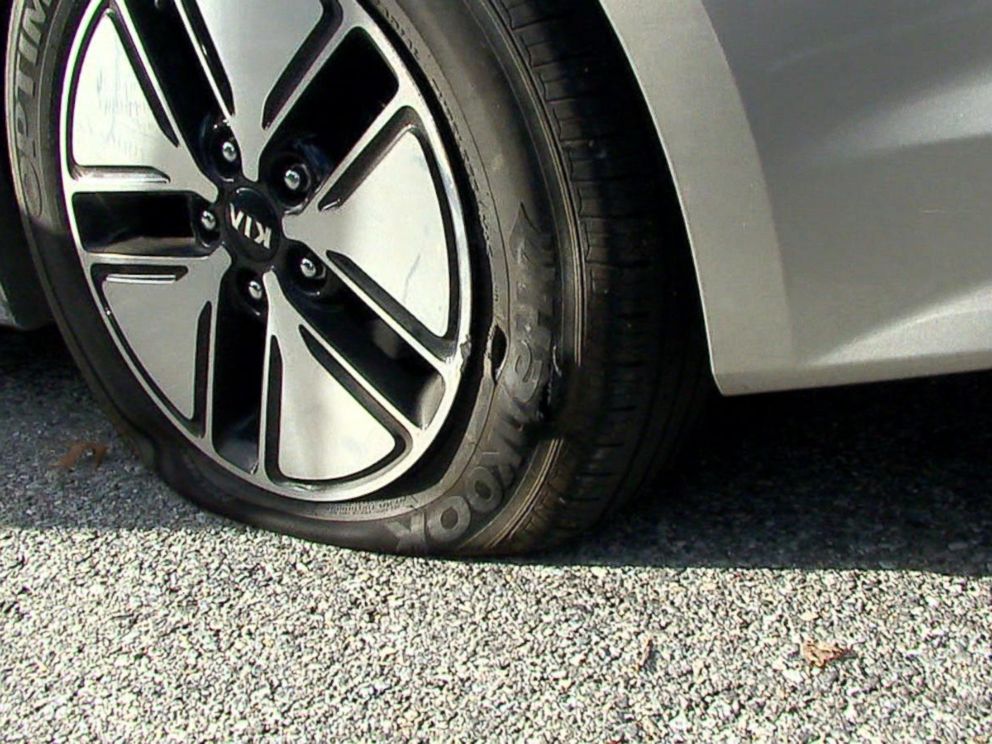 For example, consider the data presented in the table below:
For example, consider the data presented in the table below:
If you do not want to pay for new tires after a month of driving, try to always check the pressure. Money is not the last thing a motorist loses. The safety of passengers and drivers must come first!
Rate this article
0
Like this article? Share with friends:
(
Updated:
27/07/2020
)
Contents of the article
Often after a seasonal tire change on a car, drivers are faced with such an effect as the rumble of rubber while driving.
This phenomenon cannot be attributed to a serious problem or malfunction of the chassis, but it causes some discomfort when driving. Most of all, as a rule, summer tires are noisier, while winter tires are quieter in operation. In the article, we will look at the main differences between summer and winter tires, understand the causes of the rumble and advise on how to choose the least noisy tires.
When a winter set of tires is changed to summer tires, the driving noise becomes louder. This fact is noticed by all drivers. Experienced motorists do not worry about this, beginners worry. To understand why the rubber is buzzing, you should study a little the features of the summer and winter tires.
The key difference is in the composition of the rubber compound. The production of a mixture is the first stage in the technological cycle for the production of tires for use in different seasons of the year.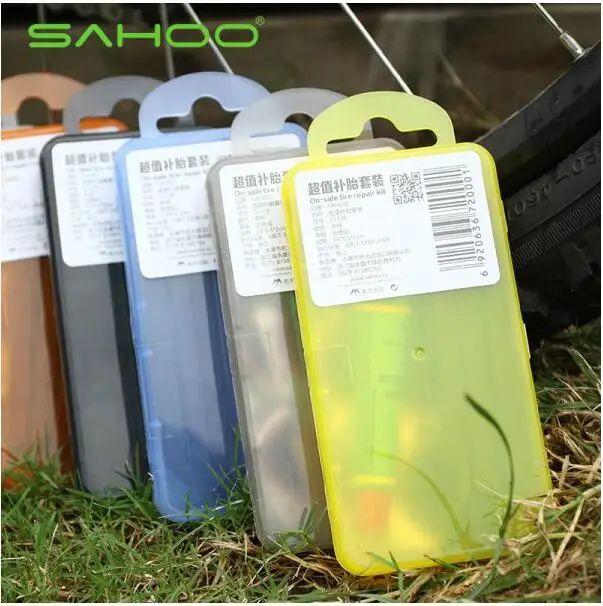 Accordingly, tires for summer and winter are different in their characteristics and tasks. For the production of winter tires, a softer mixture is used, taking into account driving on slippery roads and at low air temperatures. Soft rubber provides reliable grip of the “contact patch” of the wheel with the road surface. Accordingly, it is characterized by a low noise level during movement.
Accordingly, tires for summer and winter are different in their characteristics and tasks. For the production of winter tires, a softer mixture is used, taking into account driving on slippery roads and at low air temperatures. Soft rubber provides reliable grip of the “contact patch” of the wheel with the road surface. Accordingly, it is characterized by a low noise level during movement.
Summer tires are made from harder rubber, as the main task is to maintain stability and hardness on the road. When changing a “soft” tire to a “hard” one, drivers notice a hum from the rubber. This is a common occurrence.
In addition, tires for summer and winter have different tread patterns. In the first version, it is more smoothed, since the road surface does not have winter "surprises". In the second case, the protector is more pronounced. The pattern is characterized by a large number of grooves that perform the task of removing snow while driving. The number of sipes has also been increased for better tire grip on slippery surfaces.
The reasons for the appearance of a hum when driving a car on summer or winter tires may be the following factors:

 You can check the wear of the wheel element yourself. To do this, raise the car with a jack and sharply turn the wheel. If you hear a noise with a metallic overtone, then the bearing is out of order. In addition, wheel play from side to side also indicates wear on this assembly.
You can check the wear of the wheel element yourself. To do this, raise the car with a jack and sharply turn the wheel. If you hear a noise with a metallic overtone, then the bearing is out of order. In addition, wheel play from side to side also indicates wear on this assembly.
Thus, 2/3 of the reasons why tires buzz are determined by the design features of the rubber. As a rule, noise appears during seasonal wheel changes due to the difference in tread pattern. In most cases, this is normal. Since crushed stone acts as a filler for the asphalt mixture in our country, soft rubber with a deep tread “envelops” small breakaway particles and makes almost no noise. A hard tire interacts harder with the coating, which causes noise.
Summer Drive Protection Sound Comfort
Rating:
4.5
Tires Goodyear Eagle F1 Asymmetric 3 SUV
Summer Drive protection
Rating:
4.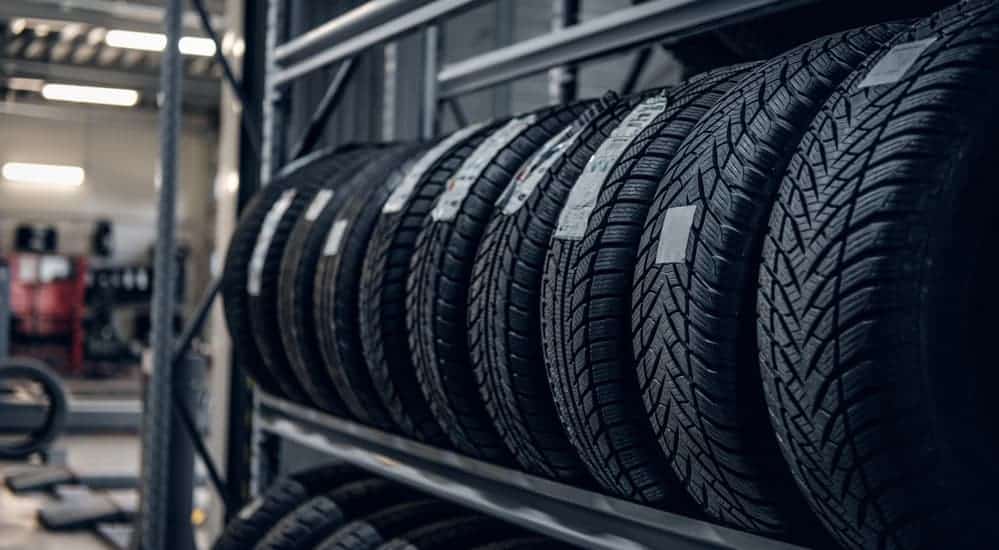 5
5
Tires Goodyear Eagle Sport TZ
Summer Drive protection
Rating:
4.5
Tires Goodyear EfficientGrip 2 SUV
Summer Drive Protection Run On Flat
Rating:
4.5
Tires Goodyear EfficientGrip Performance
Winter Drive protection
Tires Goodyear UltraGrip Arctic 2 SUV
Winter Drive Protection Sound Comfort
Rating:
4. 5
5
Tires Goodyear UltraGrip Ice 2
Winter Drive Protection Sound Comfort
Rating:
4.5
Tires Goodyear UltraGrip Ice SUV
Winter Drive protection
Tires Goodyear UltraGrip Performance+ SUV
All season Drive Protection
Rating:
5
Tires Goodyear Vector 4Seasons Gen-3 SUV
Summer Drive Protection Run On Flat
Rating:
4
Tires Goodyear Wrangler HP All Weather
All season Drive Protection
Rating:
4. 5
5
Tires Goodyear Vector 4Seasons
Summer
Rating:
4.5
Tires Goodyear Wrangler All-Terrain Adventure with Kevlar
Summer Drive Protection
Rating:
4.5
Tires Goodyear EfficientGrip SUV
Summer Drive Protection Run On Flat
Rating:
4
Tires Goodyear Eagle F1 Asymmetric SUV
The amount of noise that tires make when moving depends on many factors.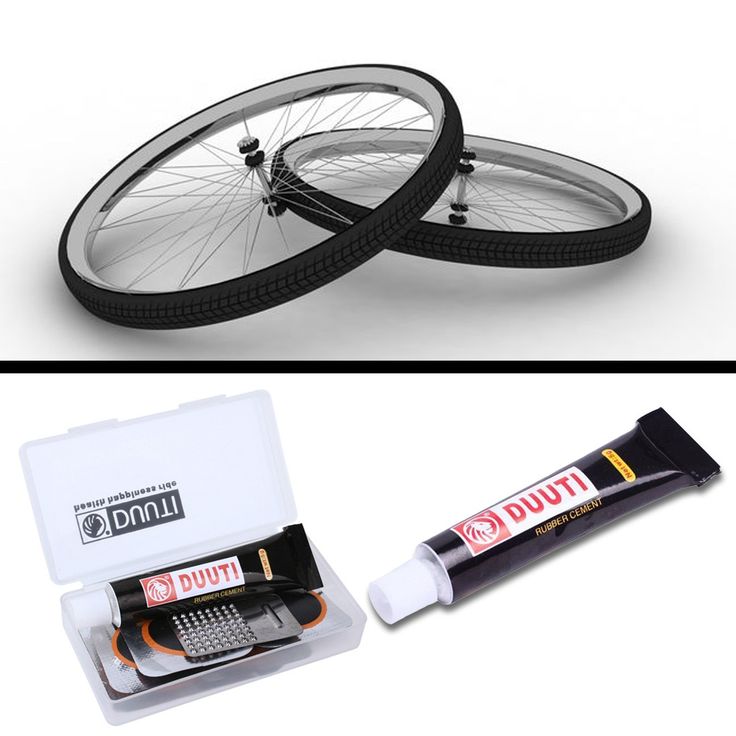 We have listed the most common reasons above. In addition to them, the rumble can provoke a poor quality roadbed or wet asphalt. It should also be noted that if the machine is operated on asphalt roads, then soft tires with a deep tread pattern should be chosen. Manufacturers usually list noise levels in decibels in their tire specifications.
We have listed the most common reasons above. In addition to them, the rumble can provoke a poor quality roadbed or wet asphalt. It should also be noted that if the machine is operated on asphalt roads, then soft tires with a deep tread pattern should be chosen. Manufacturers usually list noise levels in decibels in their tire specifications.
To figure out which summer tires do not make noise when driving, it is enough to know only two parameters.
The first is the hardness of the rubber. The softer it is, the quieter the movement will be. However, there is a downside: softness leads to an increase in braking distance. Experts recommend choosing moderately hard tires with a symmetrical tread pattern. These tires hold the road well on wet surfaces and do not buzz too much. The asymmetric tread is suitable for fans of fast and quiet driving.
The second is the noise level specified by the manufacturer. Usually this characteristic is indicated in the form of waves.